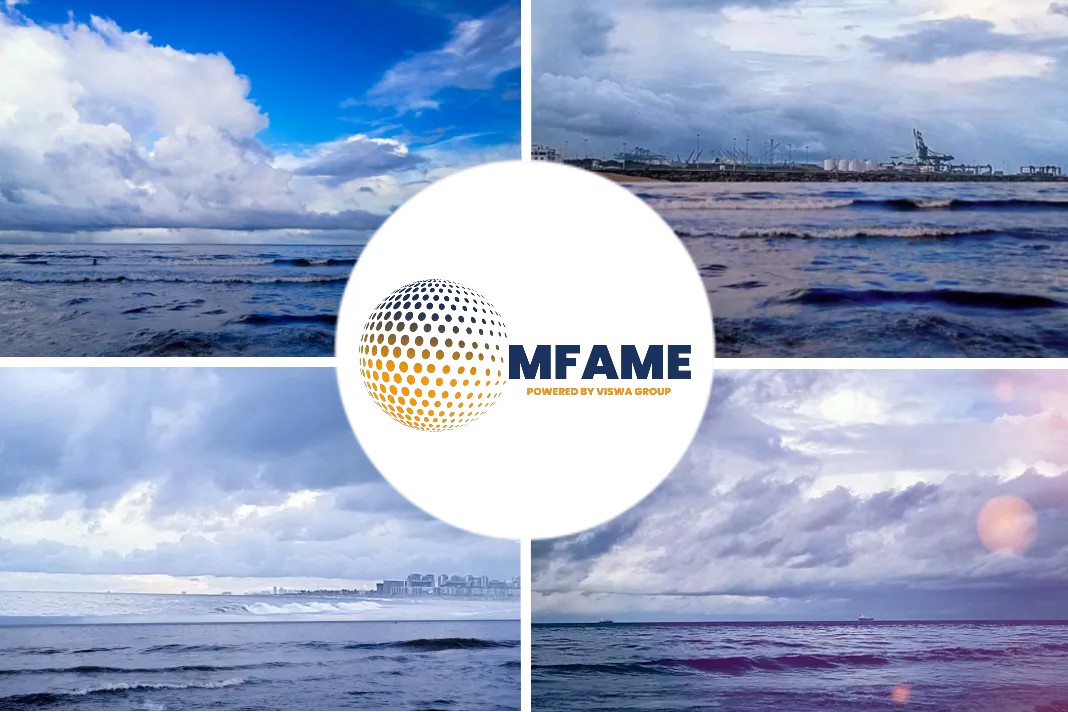According to an article published in the Economic Times Energy World section, the execution of new IMO 2020 guideline is only eight months away and its suggestions are probably going to be felt past the refining and transporting ventures. The new rules could have sweeping ramifications for the worldwide oil and gas markets and the bigger items space, as indicated by worldwide consultancy Wood Mackenzie.
Price differentials of Wider light-heavy and sweet-sour crude
Wood Mac’s research director Sushant Gupta says that the IMO guideline will result in a more grounded gasoil and a more fragile high-sulfur fuel oil (HSFO) split (the value contrast to rough).
It implies more extensive light-overwhelming and sweet-harsh differentials, which thusly mean thump on impact on unrefined value differentials.
So heavier and high sulfur or sour crudes, for example, Dubai and Maya which produce more HSFO will deteriorate in esteem and lighter and low sulfur crude, for example, Bonny Light will acknowledge in an incentive in the mid-2020s.
Japanese JCC crude benchmark is one of the particular interests to LNG pricing.
“JCC represents 90 per cent of Middle Eastern medium sour crudes and hence follows the trend for Dubai crude,” he said.
Canada faces major impact of the top global sour crude producers
To the extent the upstream segment is concerned, the money related effect of IMO 2020 on huge upstream makers of sharp crudes – Saudi Arabia, Russia and Iraq – could be huge.
With heavier acrid crudes expected to fall in esteem in respect to lighter better evaluations, incomes of the enormous national oil organizations (NOCs) that work in these nations could be straightforwardly hit.
“Influencing the field breakevens or output is not very easy,” said research director Angus Rodger.
Later he added to his statement that pain might be more prominent for Canada, another of the main five worldwide harsh rough makers.
Over portion of the 3 million barrels for every day of oil sands yield isn’t overhauled and sold as diluent-mixed substantial evaluations like Western Canada Select (WCS).
For those organizations that sell their unrefined direct onto the open market, the value effect will be critical and difficult. This will be intensified by oil sands’ mind-boggling expense of generation and transportation bottlenecks.
“What’s more, there will likewise be upside, especially for nations, for example, Brazil and the US that produce enormous amounts of substantial sweet and light-sweet crudes separately. IMO 2020 should prompt value upside for these evaluations, will be in more noteworthy interest because of their lower sulfur content,” Rodger said.
Potential cost reserves for North East Asian LNG contracts
IMO impacts LNG in two fundamental ways: sending and contracting.
With the new guidelines set up, worldwide LNG bunkering request is relied upon to achieve 9 mmtpa by 2025. It is additionally liable to prompt more LNG fuelled ships being manufactured.
Research director Nicholas Browne said that-“The second effect is the estimation of LNG inside contracts. The Japanese rough mixed drink is utilized for around 40% of LNG contracts. Its esteem will fall with respect to Brent. For North East Asian purchasers this could mean a sparing of around US$2.5 billion of every 2020 alone”.
Effect on sea cargo implies greater expenses for masses
As indicated by Wood Mac’s essential examiner Rohan Kendall, Ocean cargo is the place the biggest effect from IMO 2020 guidelines lie for mass wares.
Constrained take-up of scrubber establishment up until now and a restricted accessibility of VLSFO will mean most mass transporters change to higher evaluated diesel for consistence.
Kendall said-Brazilian iron metal shipments to China will see biggest increments, because of separation voyaged, conceivably ascending by over US$6/ton (over 40%) and Cargo from Australia and Indonesia to North Asia will increment by between $1.7 per ton and $2.9 per ton.
He likewise said that diesel cost increments will just prompt a US27cents per ton (1.3 percent) expansion in normal FOB costs for iron mineral mines.
Be that as it may, the effect won’t be equitably spread and the mines that utilization trucking for long-separate transport, have diesel-terminated power age, or have a high proportion of material moved to attractive creation will be influenced most.
On thermal coal side, Indonesia, the world’s biggest warm coal exporter, will see a bigger cost increment contrasted with Australia, the second-biggest exporter of warm coal.
This is on the grounds that Indonesian mines only use diesel-fueled mining hardware, have long truck takes to scow ports, and use diesel-controlled canal boats for waterway-based transport.
Australia, then again, has a higher extent of jolted mining hardware and transports.
Did you subscribe to our daily newsletter?
It’s Free! Click here to Subscribe!
Source: Energy World Economic Times





















